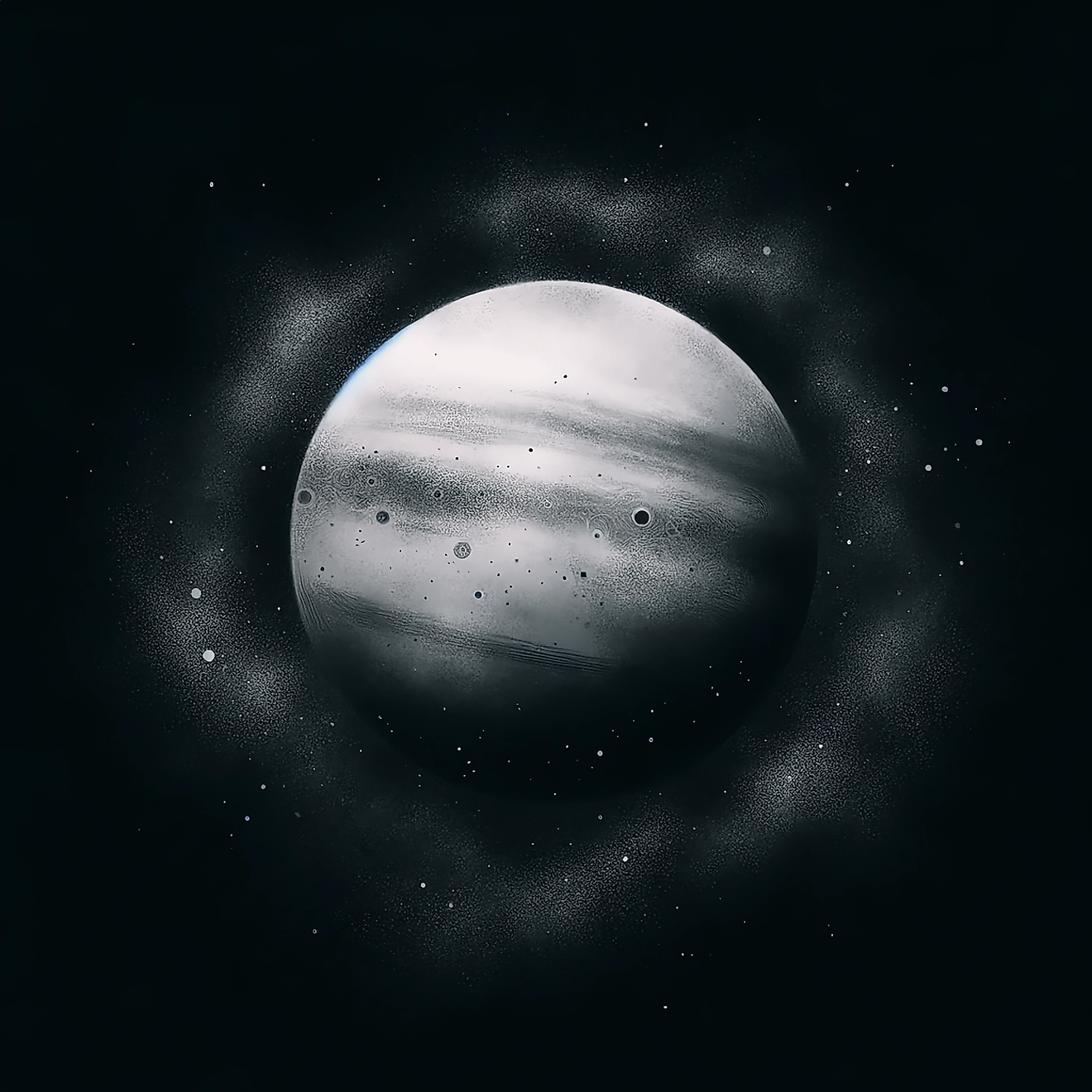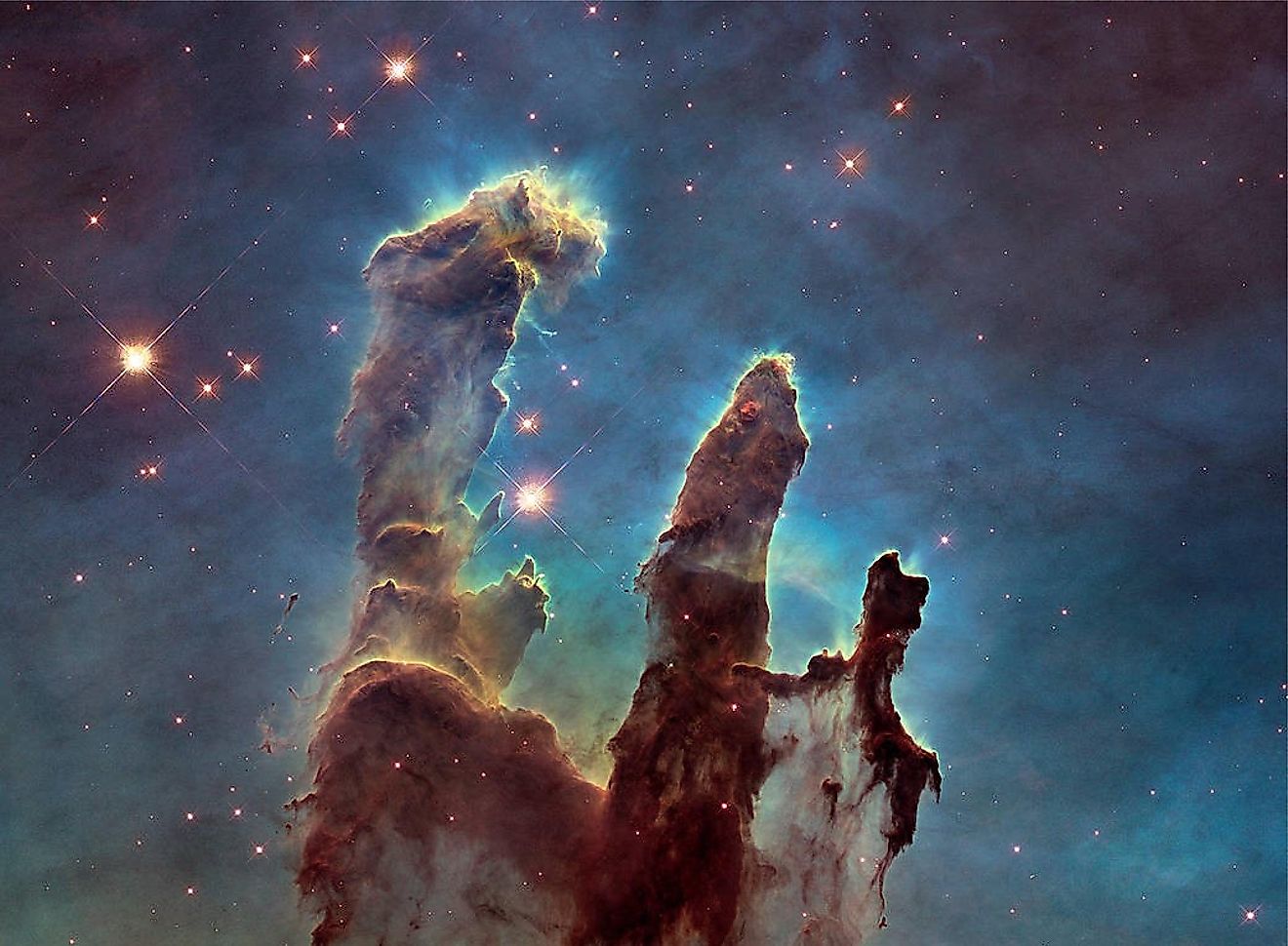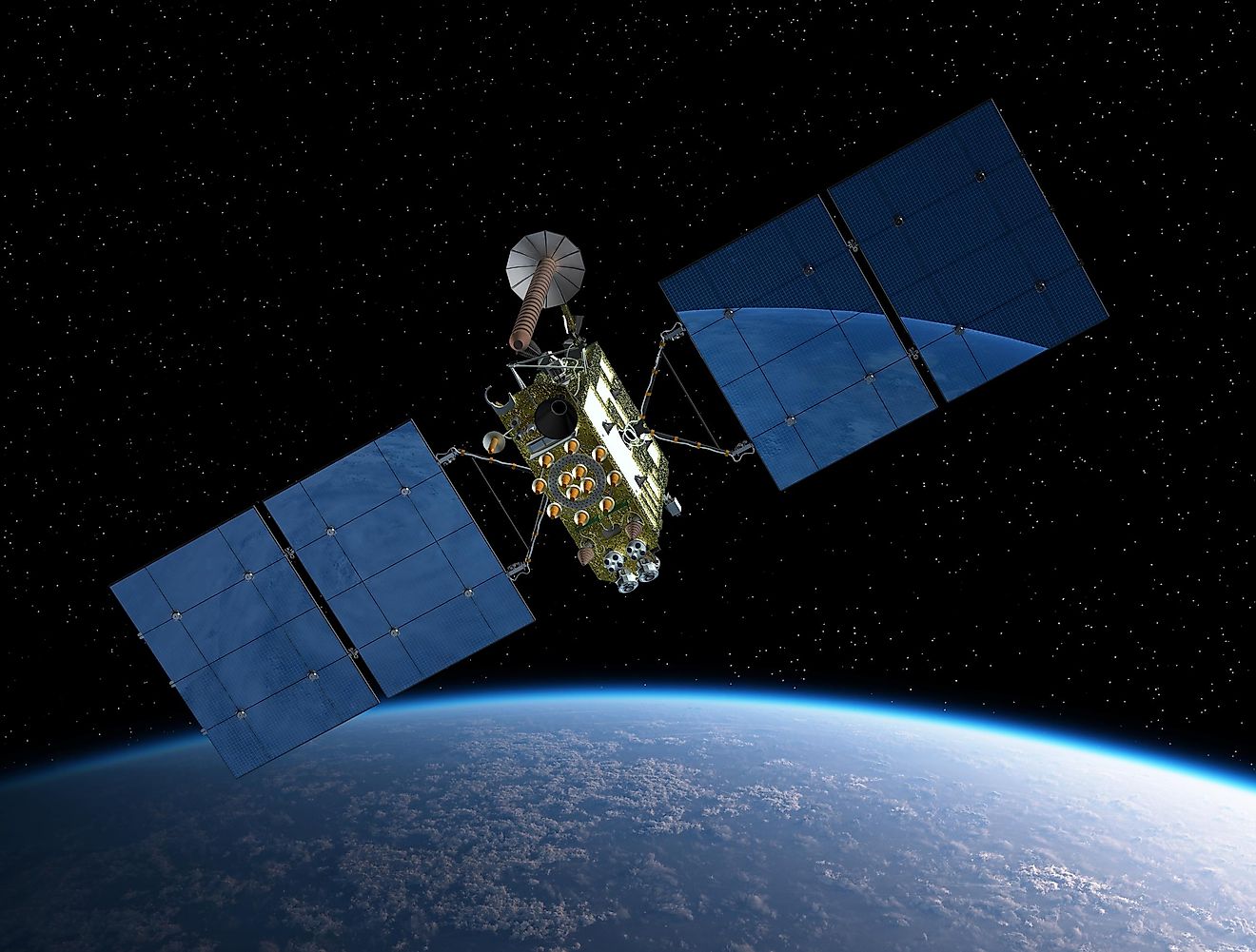
Does The Moon Emit Light?
One of the brightest objects in the night sky is the moon. Interestingly enough, the moon does not emit light in the visible spectrum. Instead, the moon emits infrared light. This, however, is not why we see the moon so vibrantly. The moon is reflective and reflects visible light emitted by the sun. In terms of celestial bodies, the moon is not very good at reflecting light. At night, the moon is one of the only large sources of light, making it appear brighter than it actually is. The brightness of the moon is thus a kind of optical illusion. Another reason it seems so bright is because of how close it is to the Earth.
How Reflective Is The Moon?

The moon is not as bright as it seems when compared with other celestial objects. It only reflects 3% to 12% of the sunlight that hits it. How bright the moon is in Earth's sky depends on where it happens to be located relative to the sun. For being one of the least reflective celestial bodies in our solar system, the moon appears very bright on Earth. This is because of how close we are to the moon. The moon is located at an average distance of 240,000 miles, which may seem like a huge distance, but in terms of how far away most objects are in the universe, the moon is practically next door.
Different Types Of Reflectivity

There are two different kinds of reflectivity. First, there is specular reflectivity. This is the kind of reflectivity used in mirrors. Light reflected in this way will reflect in a single direction. Secondly, there is diffuse reflectivity. Light reflected diffusely will scatter in multiple different directions. An easy way to visualize the difference between these two types of reflection is by thinking of a lake. When sunlight hits the lake on a windy day when the water is not still, the light scatters and you cannot see the reflection of the coastline in the water. Instead, the water will appear to be sparkling. This can be thought of as diffuse reflectivity. Inversely, on days when the water is still, a reflection of the coastline can be seen in the water. Think of this as specular reflectivity. Light is reflected off of geological features on the moon such as craters, inactive volcanoes, and lava flows. The uneven surface of the moon is one of the causes of its high rate of diffuse reflectivity. This coupled with the optical illusion of being in the dark at night, and how close the moon is, shows why the moon is so dim in comparison to other celestial bodies within our solar system even though it appears so bright to us.











